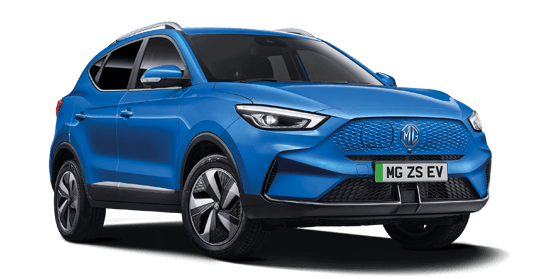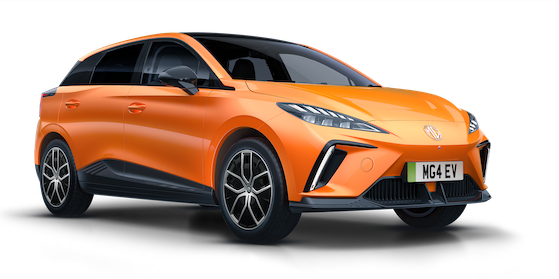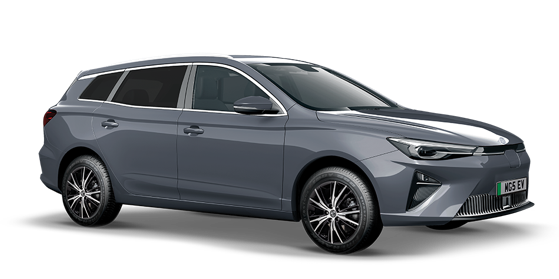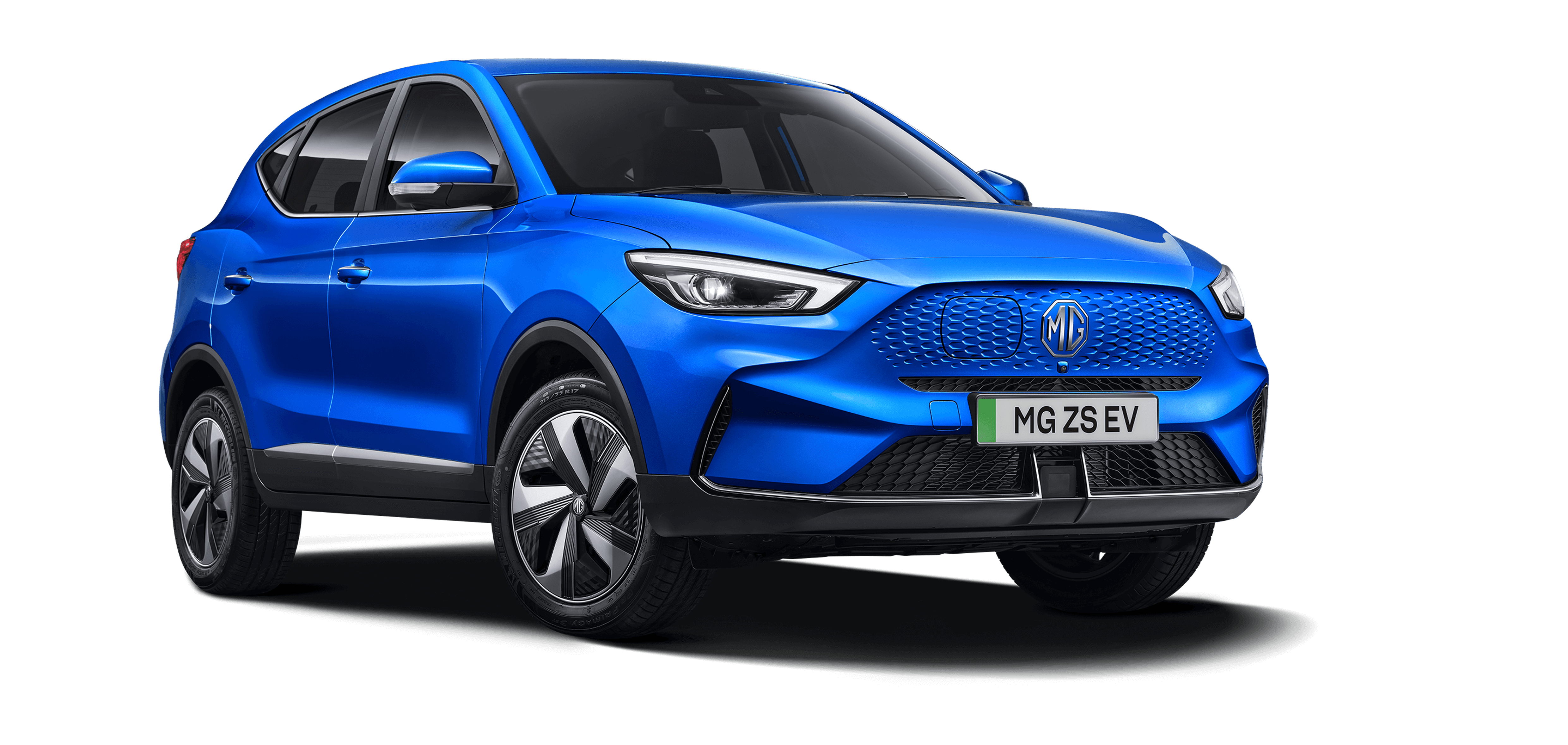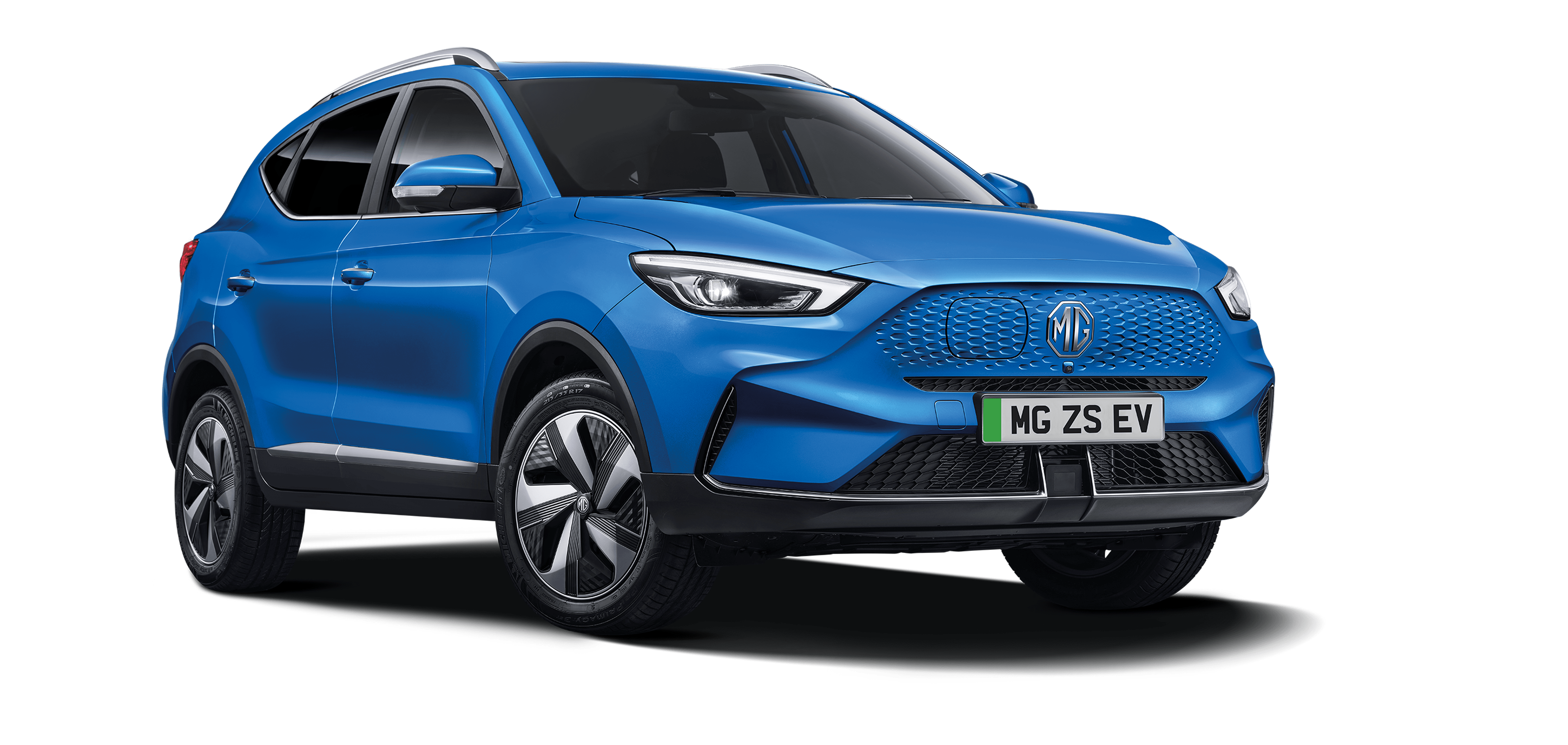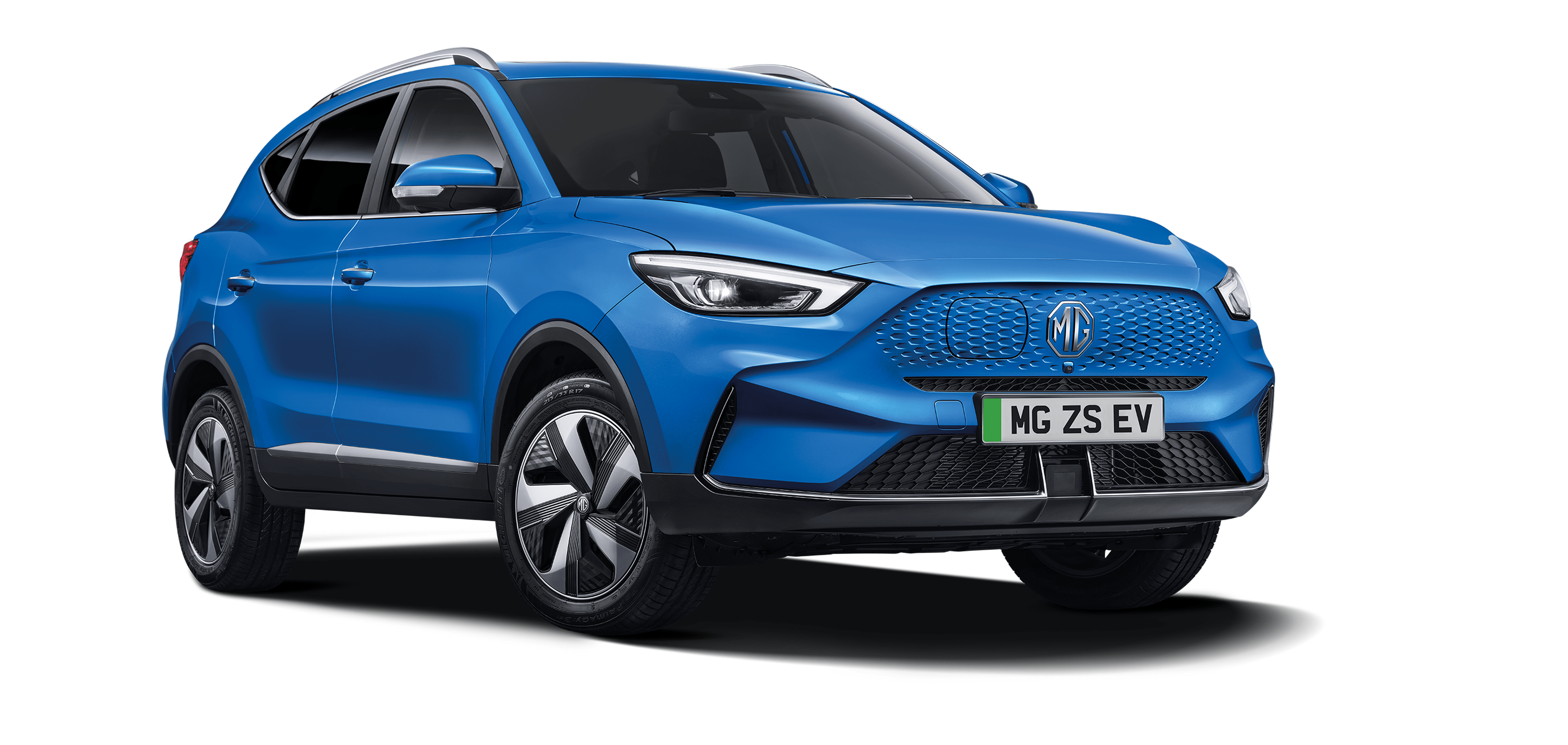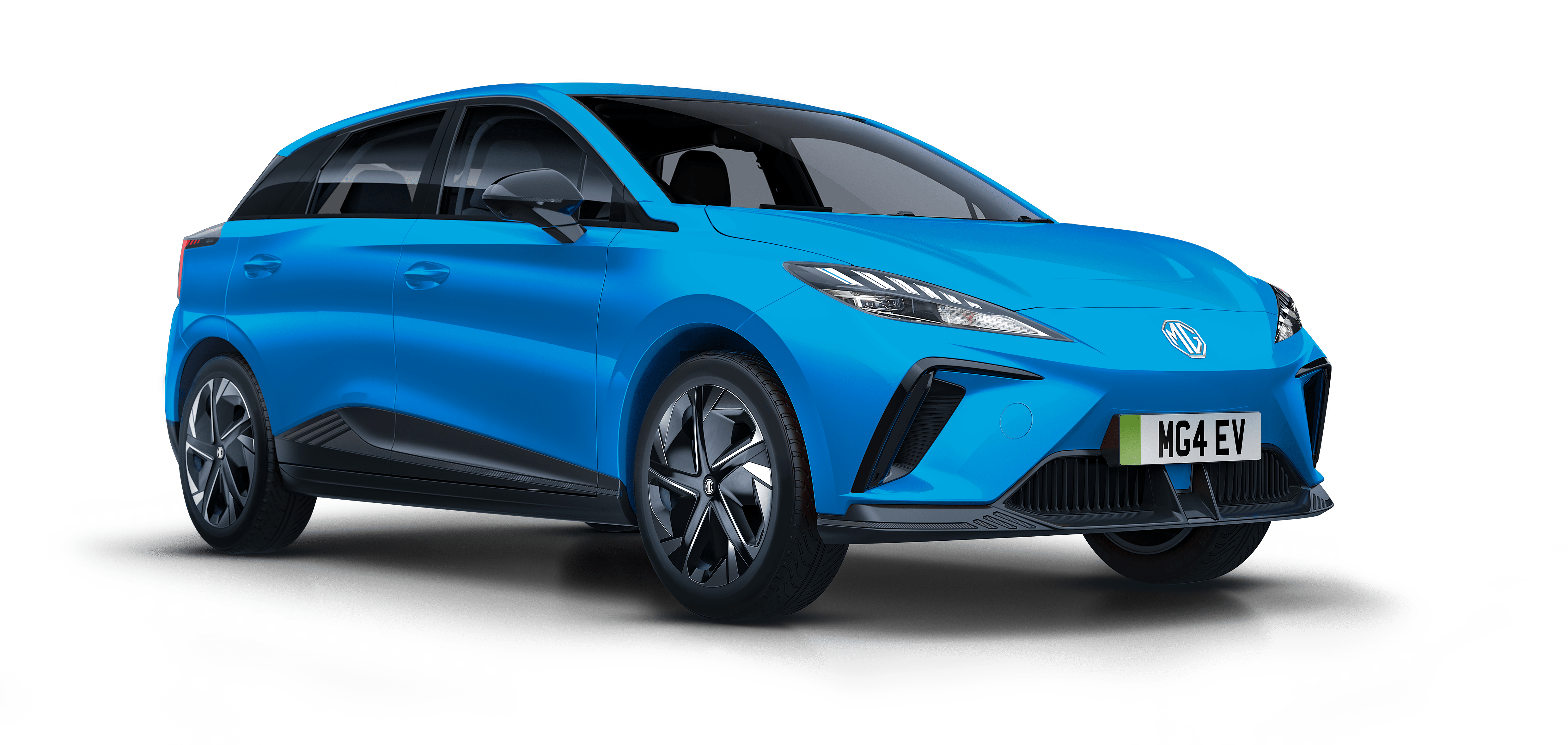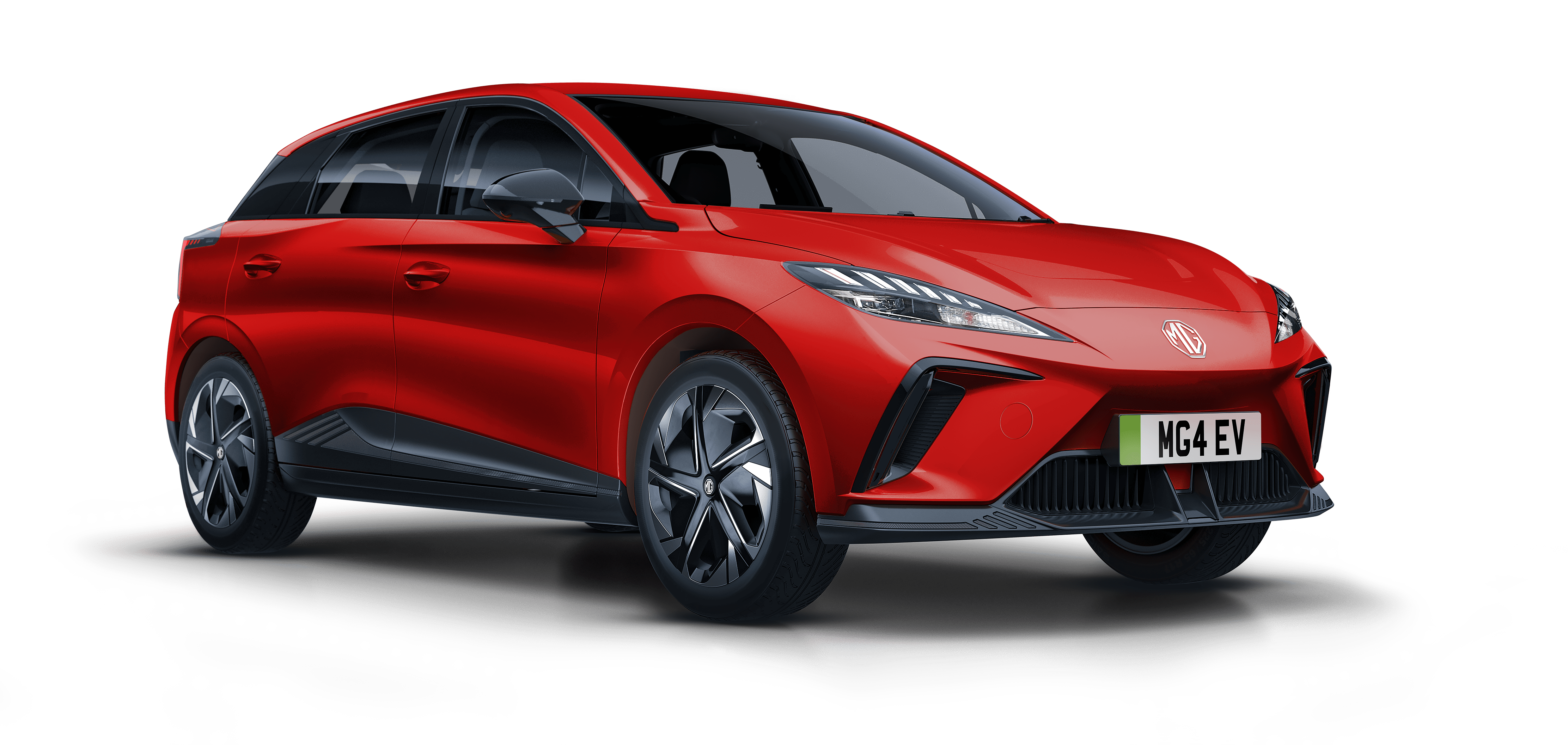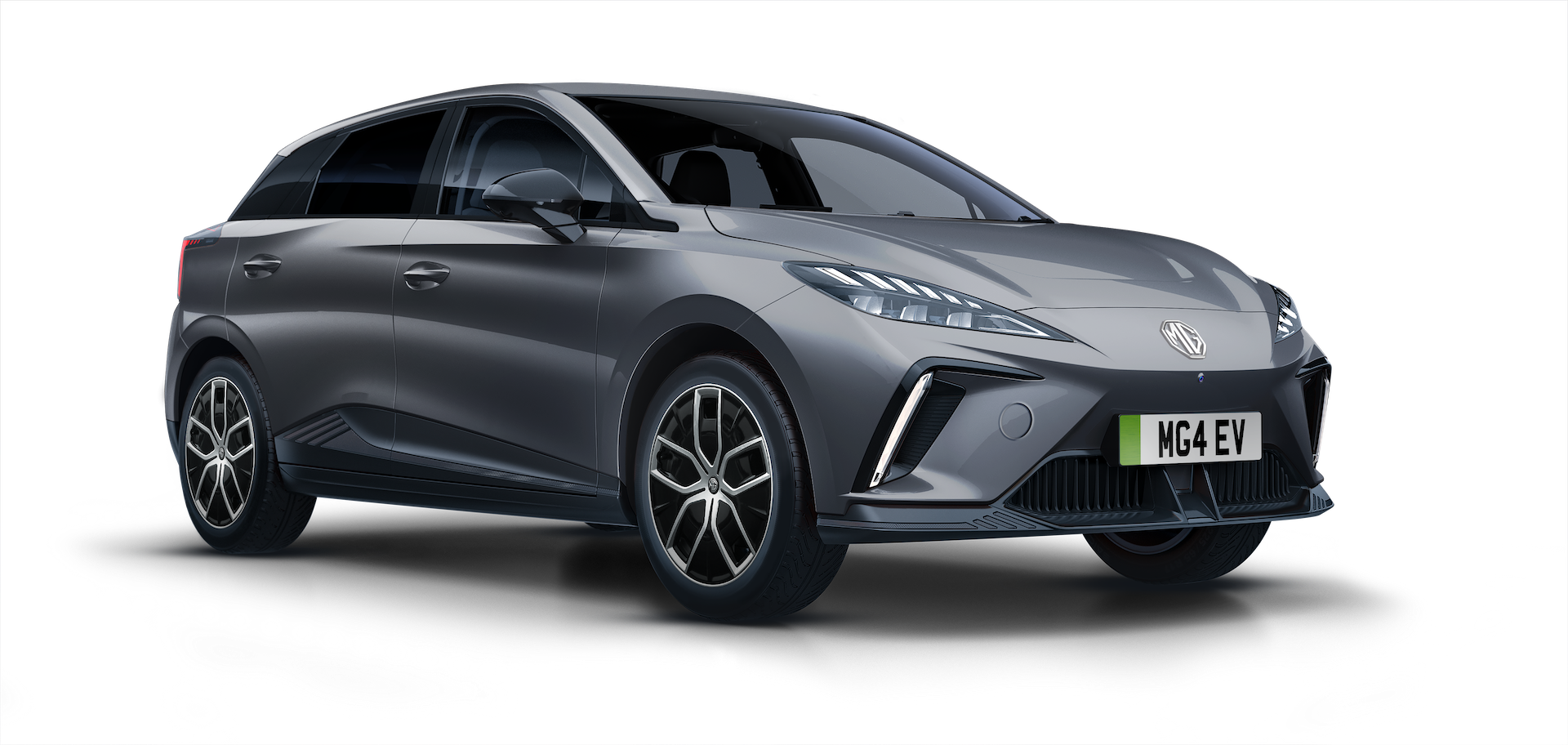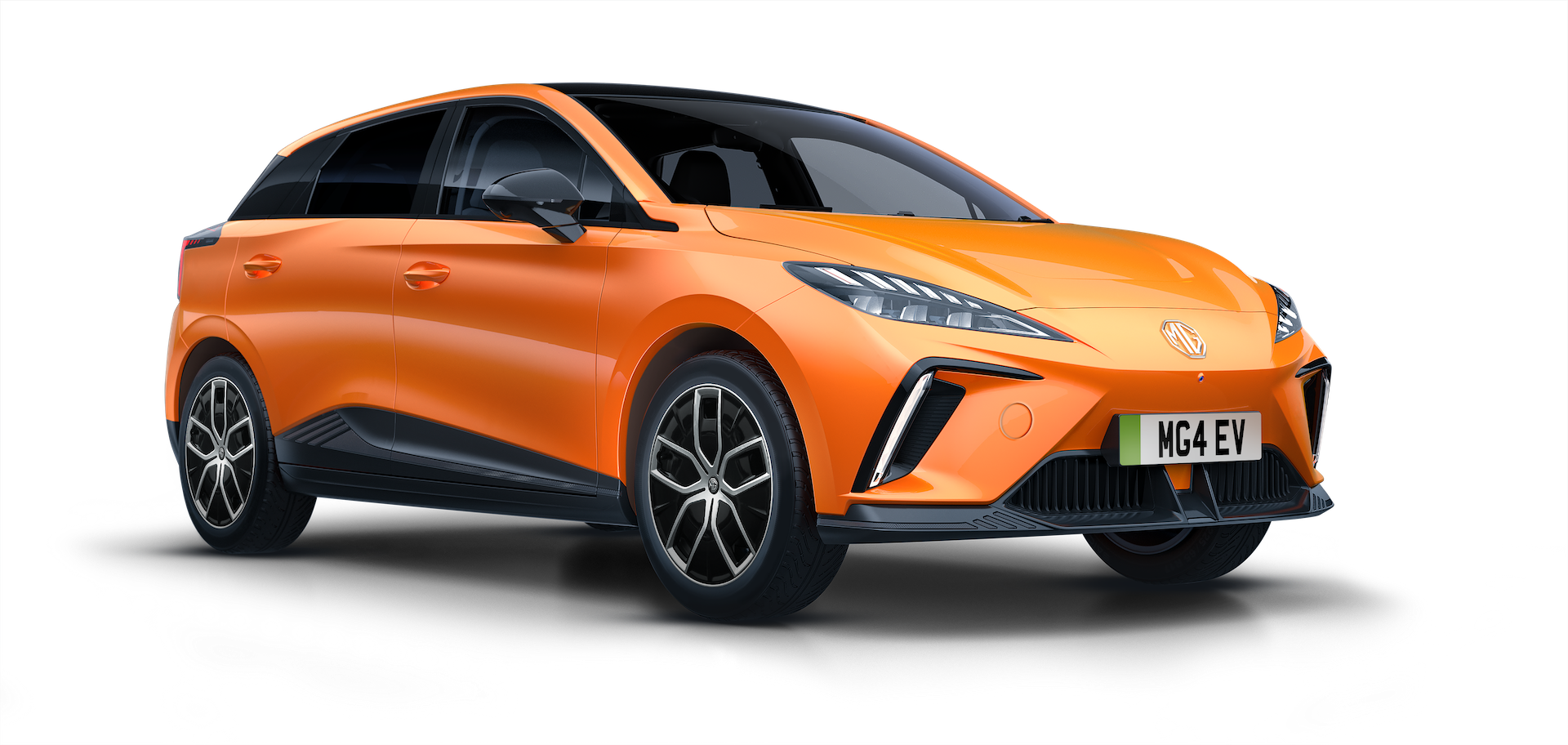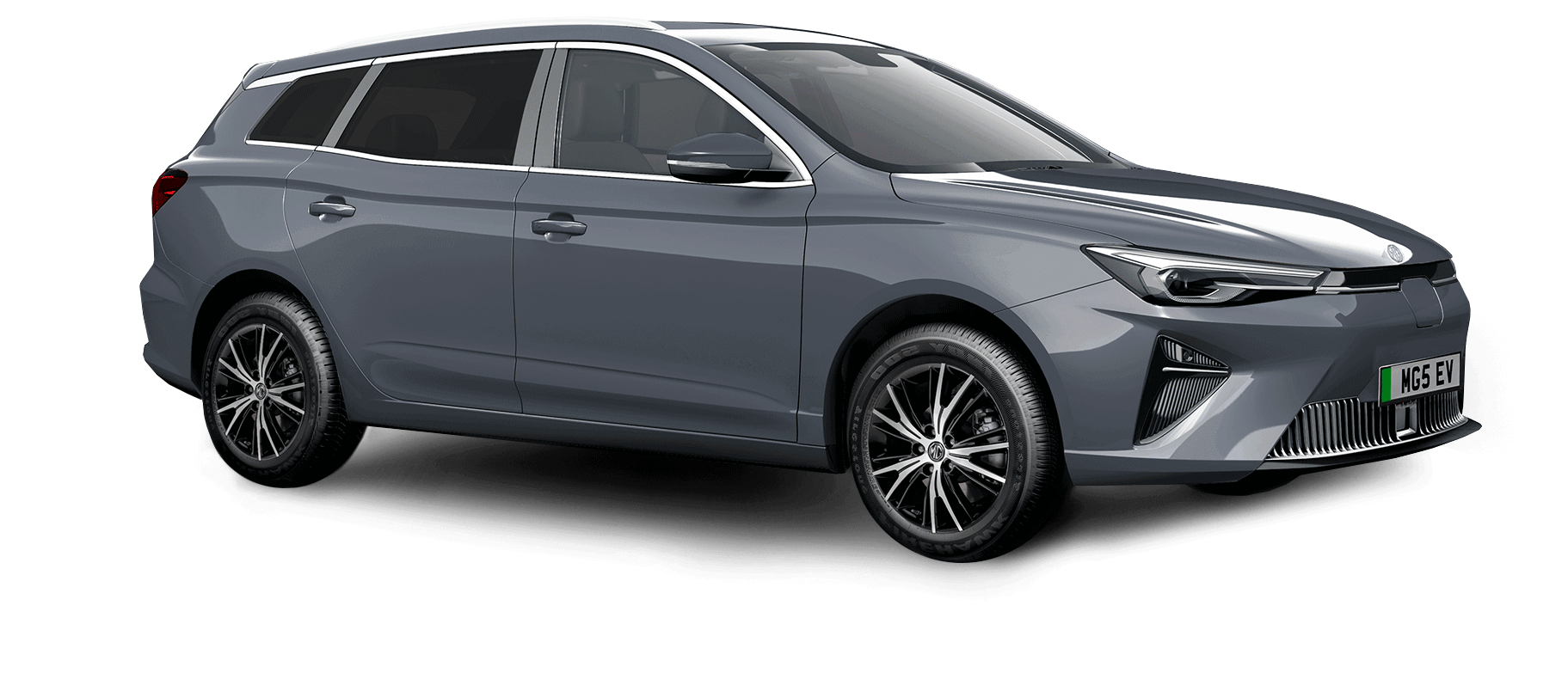10 Tips for Driving in the Winter

The British weather is unpredictable, which doesn't always make it easy for drivers. Sadly we can't make the sun shine every day, but we can help you be as prepared as possible for driving in the colder conditions. Of course, safety is first, and some days the weather conditions are simply not safe enough to drive in, so always check the weather warnings provided by the Met Office, or local news, before setting out on your journeys. But for those more typical, brisk winter days, here are 10 top tips for making your driving experience as smooth and enjoyable as possible.
1. Check or swap your tyres
There is a misconception that winter tyres are only built for snow, but they are actually designed for optimal performance when temperatures get low. In fact, The Met Office recommends that you swap your tyres when the temperature gets below 7°C, which is typically around November time in the UK.
Winter tyres have a higher rubber content and deeper tread pattern than summer tyres which helps provide more grip. This makes them better for driving in both the snow and rain. However, they are not mandatory in the UK, so if you do not have winter tyres, then you will need to check the air pressure and tread depth of your current tyre. This can vary between vehicles so always check your car manual.
2. Check your windscreen wipers
You will rely on your wIndscreen wipers much more heavily in the winter months, so it's best to get them checked. If the blades appear damaged in any way then replace them in preparation for the snow and rain. Similarly, if they don’t move smoothly or are leaving streaks then replace or fix them as you want to ensure they are in optimum working condition when you need them most.
3. Drive slowly
During the winter, the roads can be more icy and slippery which requires drivers to reduce their speed in order to prevent accidents. If you are driving too fast, you are more prone to skidding, which could lead to a crash.
You also need to ensure you have a greater stopping distance in the colder and wetter weather. In some cases, your stopping distance can be as much as 10 times higher in icy conditions. This may require you to reduce your speed in order to leave a greater gap between you and the car in front. Therefore, it's best to allow yourself extra travel time as your journey may take longer than usual.
4. Be prepared for emergencies
Unfortunately, some things are unpreventable, so it's best to keep an emergency kit in your car just in case you break down or have an accident. This can include everything from jump leads to help get your car back on the road, to blankets and warm clothes that can keep you comfortable whilst waiting for roadside assistance. It’s also good to keep things like portable chargers, torches, maps, water, snacks and a first aid kit in your car as you may break down in a remote area with no local amenities.
5. Use your anti-lock braking system
Anti-lock braking systems (ABS) can help prevent your car from skidding when you brake suddenly. This is a useful safety feature all year round, but can be particularly helpful when driving on wet or icy surfaces where you may be more prone to skidding. However, be cautioned that the ABS may not work if the road is completely covered in snow, although it would be unsafe to drive in these extreme conditions in the first instance.
In 2004, it became a legal requirement for all cars in the UK to be fitted with ABS. To activate this safety feature, you simply hit the brake harder than usual and it will work automatically.
6. Check your car battery
The colder weather can prevent your car battery from working properly, which is why it’s often difficult to start the car during winter. The key is to keep your car battery warm. You can do this by parking in the garage, driving more frequently or even buy a battery blanket. Of course, regular checks can also ensure that everything is in working order.
7. Ensure your headlights are on the right settings
Colder temperatures can mean fog, sleet and snow, which may require your headlights or even fog lights to be on. This ensures that you are visible to other drivers on the road to avoid collisions. You also need to ensure that your lights are not obscured by any ice or snow before you set off on the road.
8. Check your car fluids
From antifreeze, to wiper fluid, brake fluid and engine oil, there are a few crucial fluids to check to ensure your car can run properly. These should be topped up on a regular basis as you will not be able to get too far without them!
9. Keep de-icer and ice scrapers in your car
Is it even winter if you don’t have an ice scraper and de-icer in the boot of your car? These winter essentials ensure that you can see clearly through all your windows so that your vehicle is safe to drive. You may also need to turn your A/C on to remove the condensation from your car, or use the softer, sponge side of your scraper to be more environmentally friendly.
10. Check the weather
One of the simplest things you can do is check the weather before you drive. Most weather apps will tell you the conditions by the hour, some even minute-by-minute, so you can plan your journey accordingly. If the weather conditions are dangerous at 7pm, but safe at 8pm, then why not leave your home a little later so that you can drive in the safest conditions possible.
Of course, this won’t always be an option if you need to be somewhere at a certain time like work or an appointment. However, knowing the weather and when it may take a turn for the worse can at least help you be prepared, rather than getting caught out in a storm!
There we have it, 10 tips for driving in the winter. The colder season may present plenty of challenges for drivers, but there are small things that you can do to ensure you are prepared to make the roads as safe as possible for you and your fellow drivers.

